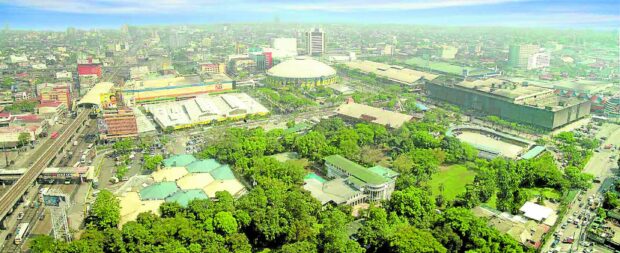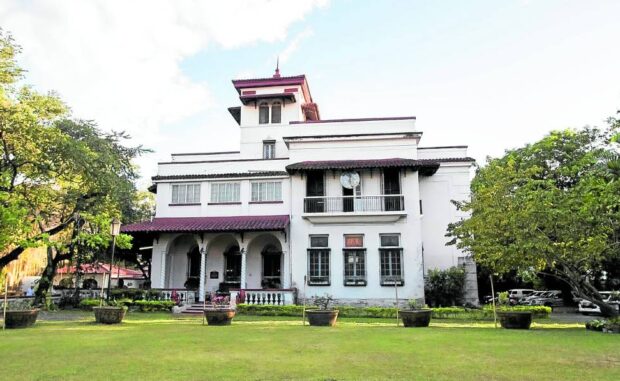
Cubao lives up to its reputation of being a commercial center that offers a wide array of entertainment, dining, and business opportunities. (FILE PHOTO)
Cubao lives up to its reputation of being a commercial center that offers a wide array of entertainment, dining, and business opportunities. Cubao in Quezon City is one of the most familiar places to many Filipinos regardless if they live in the capital or not. One reason for this is because the area houses several provincial bus terminals that are significant in the lives of Filipino commuters and connect the country’s capital to nearby and far provinces.
As a center for transportation and passenger traffic, Cubao also hosts a Light Rail Transit (LRT-2) station and a Metro Rail Transit (MRT-3) station. There are also several bus and jeepney routes that traverse around Cubao. This makes Cubao an accessible destination for the population and which contributes to the economic activities in the area.
From its humble beginnings, Cubao’s commercial district has seen steady growth through the years. In the 1970s, Cubao attracted crowds with the existence of the Fiesta Carnival and the C.O.D. Department Store Christmas display. Later on, the area was further developed and malls like the Ali Mall, SM Cubao, and Gateway Malls came into existence.
Economic hub
Now, Cubao is known as an economic hub where some of the busiest malls and business ventures like call centers and hotels in Metro Manila are located. The popular and thriving Farmer’s Market and Farmer’s Plaza in Araneta City have also amassed loyal customers from local residents and even from neighboring cities.

Cubao is also home to some heritage landmarks of the country (HTTPS://WWW.FACEBOOOK.COM/MIRANILAHERITAGE)
Aside from big establishments, Cubao has nurtured most of homegrown shops around the area, especially at Cubao Expo, formerly known as the Makati Shoe Expo. These businesses, abundant with niche shops, lifestyle stores, specialty restaurants, and must-visit cafes, offer attractive alternative destinations from the usual mall experience.
Culture and arts contribute vastly to the tourism and economy of Cubao. In 2019, the city government of Quezon City issued Ordinance 2796-2018 declaring Araneta City, also known as the Cubao Growth Center, as one of Quezon City’s tourism districts. As a tourism district, there will be a visitor information center and educational guided tours for the public in Cubao.
The ordinance also recognized the area’s “six decades of being the country’s pioneer in commercial center operations.”
Under the ordinance, the tourism department of Quezon City is also mandated to launch promotion and marketing campaigns in Cubao, including concerts, food and book fairs, art competitions, cultural shows and sporting events.
Symbiotic relationship
According to the tourism department of Quezon City, the promotion of the district would not be selective and would highlight the “symbiotic relationship” between big and small businesses.
A historic center, Cubao is also home to some heritage landmarks of the country. One important venue in Cubao is the Smart Araneta Coliseum that witnessed important historical events in the country like the “Thrilla in Manila” in 1975 where the world heavyweight championship boxing bout between Muhammad Ali and Joe Frazier took place.
Today, the Smart Araneta Coliseum and its neighbor New Frontier Theater (formerly Kia Theater) continue to be prime venues for local and international concerts, sports events, and gatherings. Historical landmark
In April 2011, the National Historical Commission of the Philippines declared the heritage house MiraNila as a historical landmark. The ancestral home that was built in 1929 was then opened to the public as a heritage house, museum, and library that houses a collection of furniture, books, paintings, ceramics and other historical memorabilia. It also currently has a restaurant and event space for the public.
With its varying infrastructure and history of growth and development, Cubao lives up to its reputation of being a commercial center that offers a wide array of entertainment, dining, and business opportunities not easily available or accessible in many parts of Metro Manila. (Source: Inquirer Archives)

